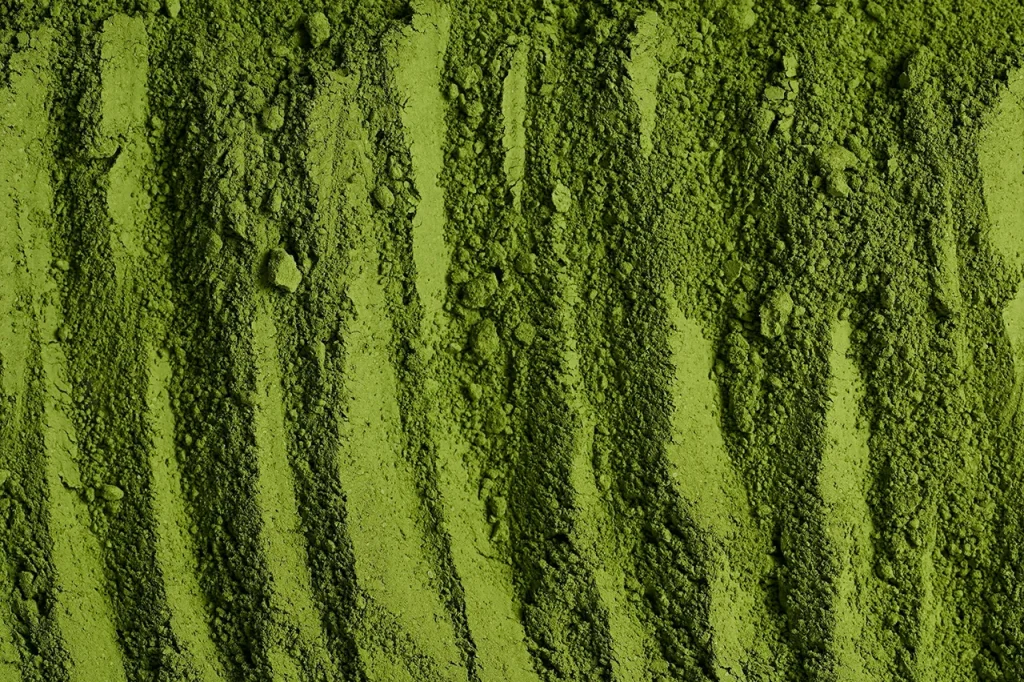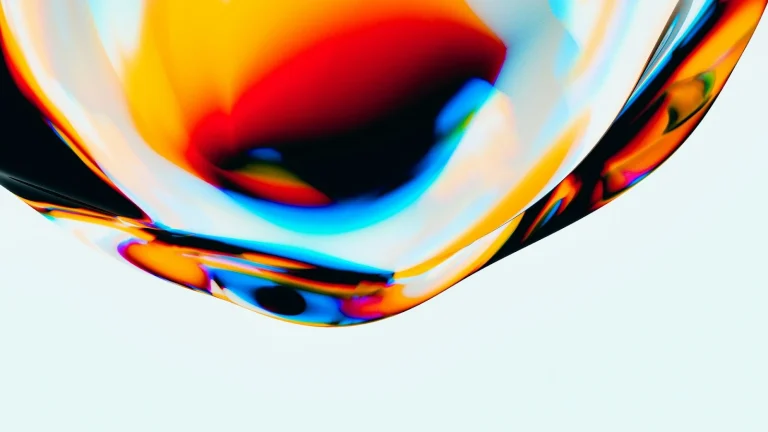Much has changed in people’s eating habits and lifestyles over the last decade. Since the mid-2010s, more people have become more aware of clean eating, embraced a plant-based approach, superfoods have become more prevalent in people’s lives, and the variety and form of products labeled superfoods has increased.
The visual nature of social media, the product’s bright and eye-catching green color, and the ceremony involved in preparing matcha are among the key factors that have made it popular. The boom in tourism and tourists visiting Japan following the pandemic have also had a significant impact.
Rising from within Japanese culture, influenced by the digital and real world, matcha has entered the radar of those who want to eat and live healthier with its high antioxidant content, balanced caffeine structure and other important metabolism-supporting ingredients.
Another reason for matcha’s rise is a younger generation seeking an alternative to coffee, and this demand has led popular coffee chains to quickly add products like matcha lattes to their menus. Nearly five years have passed since matcha’s introduction, and matcha-based products can now be found in any cafe on any street corner.
Matcha’s accessibility increased with the realization that this bright green powder could also be used in smoothies, desserts, and baked goods, making matcha a common staple that’s easy to find in anyone’s kitchen.
When and how did matcha come about?
If we were to look back in history to the emergence of matcha, we must go back to the 9th century and China. During China’s Tang Dynasty, the consumption of ground green tea leaves mixed with hot water became widespread. It is said that a Japanese priest named Eisenai brought this tea and its preparation technique back to his homeland from China in the 12th century.
It would be an understatement to say that the monk used matcha simply because it was so delicious; it kept the mind sharp during meditation and helped maintain physical balance. It wouldn’t be wrong to consider this among the primary reasons why matcha became a secret aid in long meditation sessions in Japanese temples.
Matcha originated in temples and began to spread among the Japanese aristocracy around the 15th century.
Sen no Rikyū, a tea master, systematically organized the tea-serving ceremony known as chanoyu, making matcha presentation simpler, more aesthetically pleasing, and more harmonious.
During this period, matcha began to evolve from a mere beverage into a consumer product, a symbol of social status and a philosophical ritual associated with its consumption.
Palaces and noble mansions in 15th-century Kyoto competed with each other with their elaborate and meticulously prepared matcha presentations.

Matcha’s transformation from a cultural artifact to a global superfood
Interestingly, until the late 20th century, matcha was largely unknown outside Japan. Just as tourism rebounded after the pandemic, increasing the number of visitors to Japan, and concepts like conscious eating and a health-focused lifestyle were discovered and embraced by more people, matcha was virtually rediscovered then.
Rich in antioxidants, offering a balanced dose of caffeine and L-theanine, and captivating with its bright green color, matcha is now a specialty found in traditional ceremonies, from modern restaurants to fast-food cafes, and in a wide variety of categories, from smoothies to ice cream.
In its current form, matcha is both a traditional product that preserves its heritage and an innovative source of inspiration found in every aspect of global gastronomy.
A detailed look at matcha
Made by grinding green tea leaves grown in regions like Uji, Shizuoka, Kagashima, and Nishio in Japan into a powder using special marble mills, matcha differs from other green teas in its consumption method.
While the traditional tea brewing method involves placing tea leaves in a teapot and adding hot water to release the leaves’ contents, matcha, in powder form, is mixed directly with hot water and consumed. This allows for the extraction of all the nutrients and antioxidants contained within the tea leaves.
Another key difference between matcha and other green teas is that the plant is grown in shade. This method protects the leaves from direct sunlight and increases the amount of chlorophyll and the amino acid L-theanine. This is what gives matcha its unique umami flavor.
For a closer look, powerful antioxidants like Epigallocatechin gallate (EGCg), found in matcha, help reduce cell damage, a common affliction, and help reduce the signs of aging.
When we drink coffee, we feel vigorous and energetic for a while, but when the caffeine in coffee wears off, we become exhausted. The amino acid L-theanine in matcha, along with the caffeine in matcha, provides a calm and alert energy unlike coffee.
Compared to coffee, preparing matcha for consumption seems more arduous. The young leaves that emerge in the spring are collected and steamed briefly to prevent oxidation. The veins are then removed from the dried leaves. The resulting product is called Tencha. After drying, Tencha is ground into a powder in special marble mills and prepared for consumption.
Why do social media algorithms love matcha so much?
No matter which platform, social media apps generally have one goal: to keep users engaged on their platforms. To achieve this, they must attract as much attention as possible.
It’s safe to say that matcha’s bright green color attracts attention in the digital world. Especially on platforms like Instagram and TikTok, where visuals are prominent and video streaming is the focus, green is among the colors that immediately grab attention among neutral and pastel tones. The equation is simple: it’s favored by the algorithms because it increases engagement.
Green is also directly associated with nature, naturalness, vitality, and health. Therefore, when a user shares content about matcha in its bright and striking hue, it evokes the concepts of being healthy, looking natural, and eating clean. In short, matcha directly aligns with healthy lifestyle trends.Another reason for the popularity and rise of matcha-themed content on social media is the aesthetic appeal of the tea’s bright green color when paired with milk or desserts. This feature, described as so Instagrammable is a situation that triggers users’ desire to upload content to social media tools.
The future of matcha
Like many things gaining traction and popularity around the world, matcha is also experiencing these trends.
Trends in wellness and healthy eating, the increasing adoption of vegetarian and vegan diets, the increasing demand for antioxidant-rich foods and other products, and the fast-moving consumer goods industry’s efforts to offer matcha in a wider variety have made matcha a popular and sought-after product.
Growing in popularity thanks to social media algorithms and word-of-mouth, matcha is now more than just a beverage.
Bringing together traditional Japanese ceremonies and the Western pursuit of wellness, matcha is a nostalgic yet innovative trend, and is now securing its place in numerous categories, from coffee chains to gourmet restaurants.
Further links:






